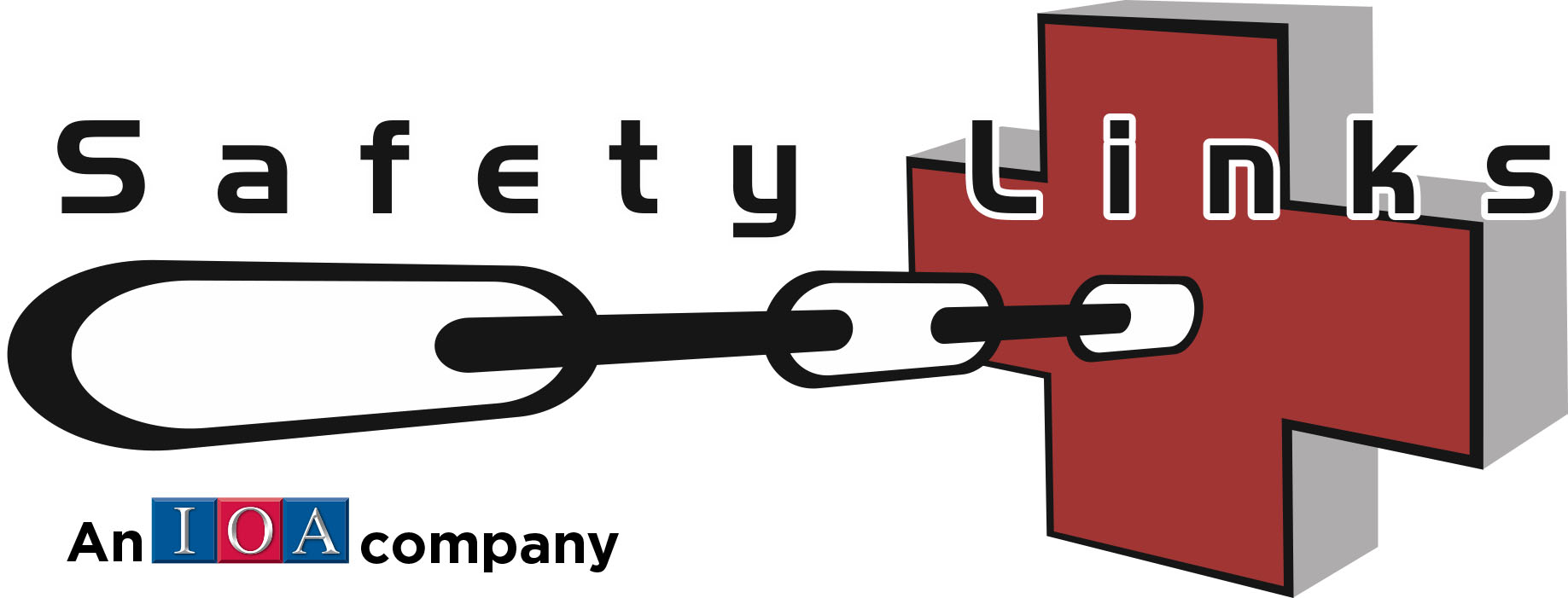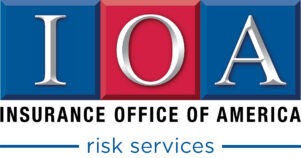OSHA renews strategic partnership with electrical transmission and distribution contractors, associations to reduce worker injuries, deaths
WASHINGTON – The Occupational Safety and Health Administration today renewed a national strategic partnership with employers, workers and professional associations in the electrical transmission and distribution industry to reduce injuries, illnesses and deaths among linesman and other electrical workers. The partnership includes ten of the nation's largest electrical transmission and distribution contractors, an electrical industry labor union and two trade associations, representing about 80% of the industry.
Since its establishment in 2004, there has been a noticeable reduction in the injury, illness and fatality rates among the partners' workers, which include close to 26,000 workers. Fatalities among these workers have dropped from 11 in 2004 to 1 in 2013.
"By working on common goals through the partnership, partner injury, illness and fatality rates have been reduced," said Assistant Secretary of Labor for Occupational Safety and Health Dr. David Michaels. "Through this national partnership, the partner companies and associations looked at factors causing fatal incidents and other serious injuries and implemented changes to reduce and prevent the number of fatalities not only within their own companies, but in the industry as a whole. We look forward to seeing even greater outcomes of this partnership in the future."
The partnership has developed and implemented best practices that directly correspond to key hazards and operations associated with injuries, illnesses and fatalities in the industry. These practices include fall protection, the use of specific insulating protective equipment and the implementation of safety checks. The partnership also has trained more than 33,000 workers and supervisors through industry-specific courses developed by the partners. OSHA and industry partners are in the process of expanding these courses to provide industry-wide training.
Members of the partnership include Asplundh Tree Expert Co., Davis H. Elliot Co. Inc., Henkels & McCoy Inc., MasTec Inc., MDU Construction Services Group Inc., Michels Corp., MYR Group Inc., PLH Group, Pike Electric LLC, Quanta Services Inc., International Brotherhood of Electrical Workers, Edison Electric Institute and the National Electrical Contractors Association. For more information, see OSHA's Web page on the partnership.
This is one of several national partnerships. OSHA's Strategic Partnership Program helps encourage, assist and recognize the efforts of partners to eliminate serious workplace hazards and achieve a high level of worker safety and health. Most strategic partnerships seek to have a broad impact by building cooperative relationships with groups of employers and workers. These partnerships are voluntary relations among OSHA, employers, worker representatives and others including trade unions, trade and professional associations, universities and other government agencies.
Under the Occupational Safety and Health Act of 1970, employers are responsible for providing safe and healthful workplaces for their employees. OSHA's role is to ensure these conditions for America's working men and women by setting and enforcing standards, and providing training, education and assistance. For more information, visit http://www.osha.gov.
Continue Reading




